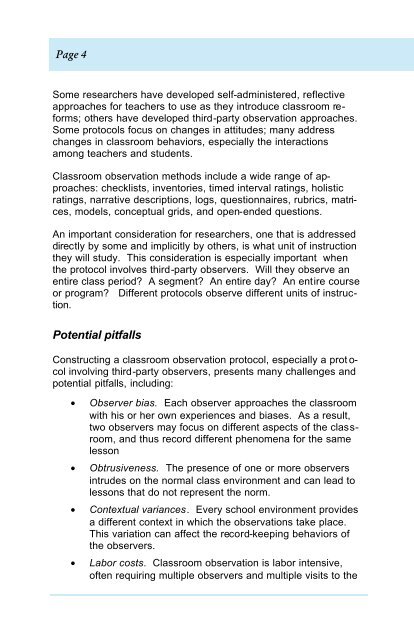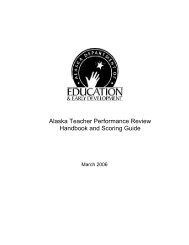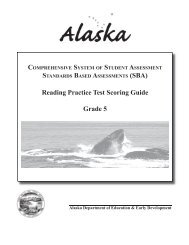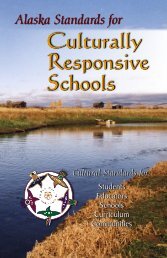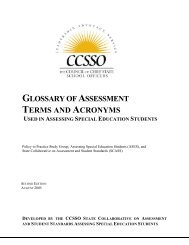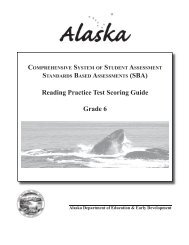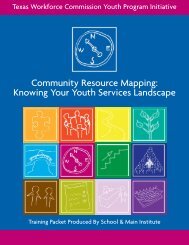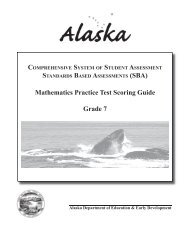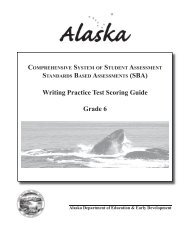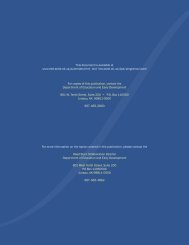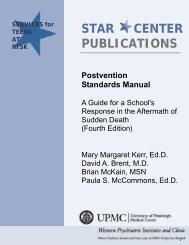Classroom Observation Protocols - Alaska Department of Education ...
Classroom Observation Protocols - Alaska Department of Education ...
Classroom Observation Protocols - Alaska Department of Education ...
Create successful ePaper yourself
Turn your PDF publications into a flip-book with our unique Google optimized e-Paper software.
Page 4Some researchers have developed self-administered, reflectiveapproaches for teachers to use as they introduce classroom reforms;others have developed third-party observation approaches.Some protocols focus on changes in attitudes; many addresschanges in classroom behaviors, especially the interactionsamong teachers and students.<strong>Classroom</strong> observation methods include a wide range <strong>of</strong> approaches:checklists, inventories, timed interval ratings, holisticratings, narrative descriptions, logs, questionnaires, rubrics, matrices,models, conceptual grids, and open-ended questions.An important consideration for researchers, one that is addresseddirectly by some and implicitly by others, is what unit <strong>of</strong> instructionthey will study. This consideration is especially important whenthe protocol involves third-party observers. Will they observe anentire class period? A segment? An entire day? An entire courseor program? Different protocols observe different units <strong>of</strong> instruction.Potential pitfallsConstructing a classroom observation protocol, especially a prot o-col involving third-party observers, presents many challenges andpotential pitfalls, including:• Observer bias. Each observer approaches the classroomwith his or her own experiences and biases. As a result,two observers may focus on different aspects <strong>of</strong> the classroom,and thus record different phenomena for the samelesson• Obtrusiveness. The presence <strong>of</strong> one or more observersintrudes on the normal class environment and can lead tolessons that do not represent the norm.• Contextual variances. Every school environment providesa different context in which the observations take place.This variation can affect the record-keeping behaviors <strong>of</strong>the observers.• Labor costs. <strong>Classroom</strong> observation is labor intensive,<strong>of</strong>ten requiring multiple observers and multiple visits to the


